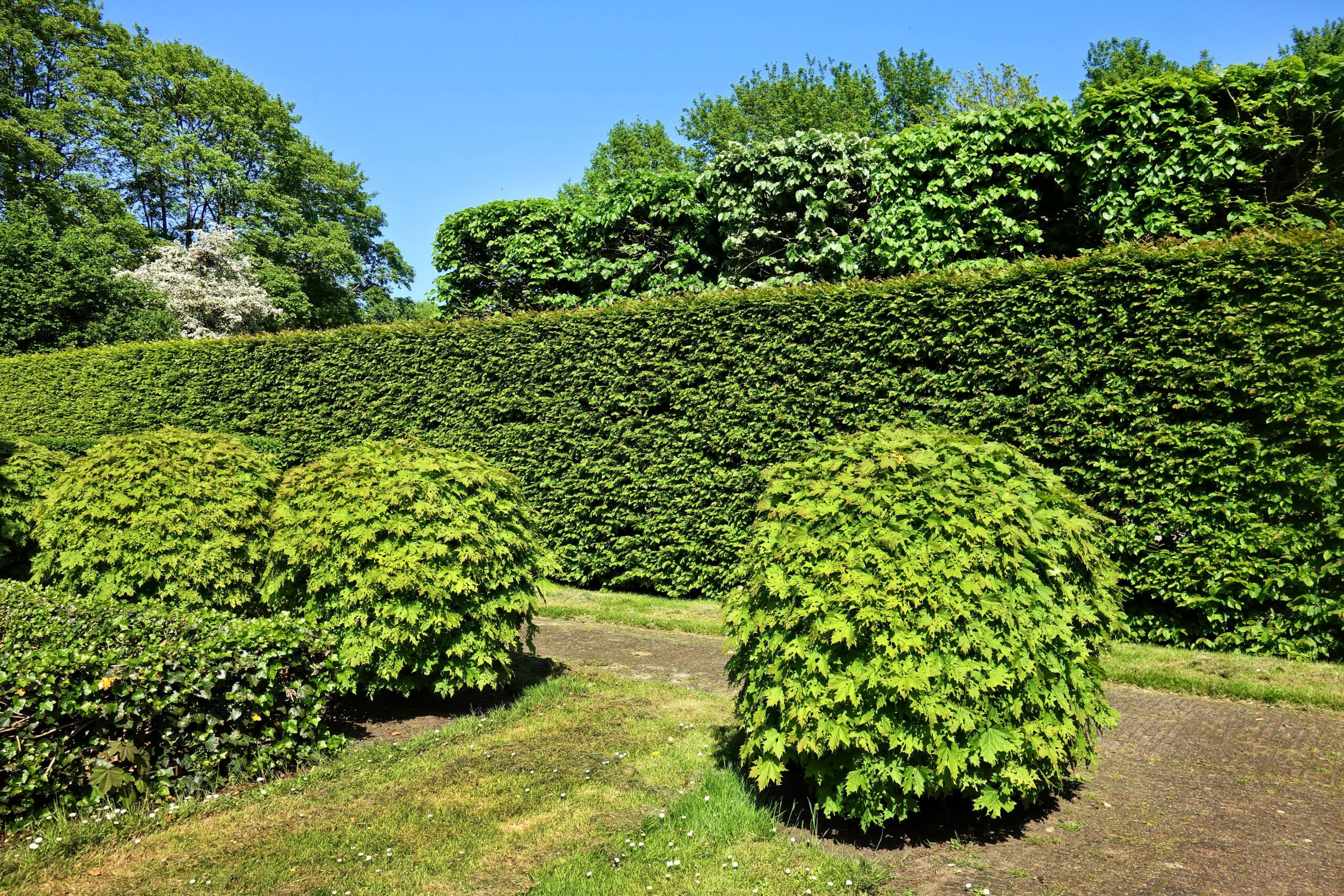Winter is dreary, drab, cold, and miserable, right? Well, it doesn’t have to be; a bright and cheerful winter garden can help you. At least with the drab, dreary, and misery, unfortunately, we can’t do much about the cold.
If your garden tends to get dark early around winter and you enjoy sitting out in the garden in the early evening, you can add light to it. To take advantage of the natural light, you can add mirrors that will reflect light from the sun or catch the last of the sun’s rays. You can also add artificial light by installing lights on your statues.
If you don’t have sufficient space for an outdoor winter garden, you can bring the outdoors inside. A reliable HVAC system can control the temperature, so your plants aren’t affected. Consulting a reliable technician will help you set up your HVAC in the best way possible. If you do have the space for an outdoor winter garden, here’s how you can go about putting your plan into action.
Plants and Flowers
Plant plants with flowers and, more importantly, plant them in time to bloom in winter. Flowers like daffodils cheer you up just by looking at them. The bright yellow against the white snow is a beautiful sight. To get the best of them, plant your bulbs at least a month before the expected first frost, so they will have strong roots come wintertime.
Winterberry, like daffodils, creates beautiful color contrasts. The plant is not a flower but a deciduous holly; in winter, it loses its leaves. Ensure you buy a ‘male’ pollinator plant so they will produce berries.
Pansies and violas are beautiful flowers that come in a variety of colors. They are by definition annuals, but some are not that resilient to harsh winters. So, they drop seeds and come back again next spring.
Camellia and witch hazel also add beautiful contrasts to the colors in your winter garden. Apart from medicinal properties, witch hazel has a lovely combination of yellow and burnt orange colors; the plant flowers in the fall but sticks around right until spring. Camellia is a blush pink color but is more suitable for those places with a warmer winter; it’s more California and less Chicago.
Structure
The structure is a necessity in a winter garden. There are many ways to create a structure for your winter garden, from natural greenery to sculptures and other artificial installations.
You can structure with the bare branches on your trees by making them borders to your emerging bulbs. Evergreen hedges like boxwood also make for great structure. Trim them well, and keep clearing any snow that stays too long. You can even prune those hedges into unique shapes. 
Arbors and arches have many uses in summer, but with creativity, they can be useful in winter too. Make them the garden’s focal point by planting the brightest plants around them. Walls can also make for good focal points, especially if they have intricate designs or tiles.
In Conclusion
Before planting your bulbs, check when the first expected frosts will be so your plants and flowers will have a solid root base before the ground freezes. Choose hardy plants that will thrive in cold weather, so match your plants to the level of cold in your region. Winter gardening doesn’t need to be expensive or high maintenance; all it needs is common sense and creativity.
People prone to ‘seasonal affective disorder’ can feel better just by looking at a beautiful bright garden in winter. Some even bundle up and brave the cold to experience the beauty outside and get fresh air. It has been proven that having access to greenery and living flowers can reduce the feeling of being down in winter.
So when this summer ends, start planning your winter garden and see how it can cheer you up.